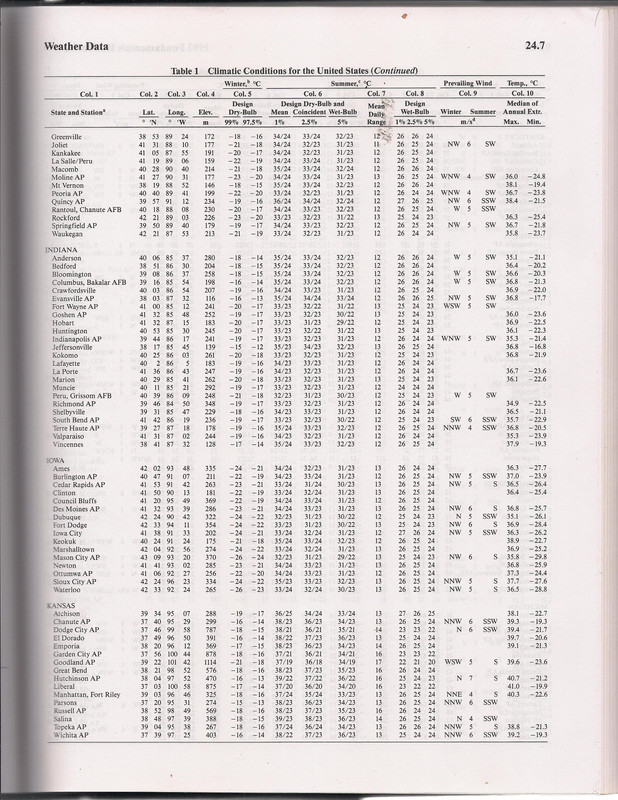NTesla76
Senior Member
- Location
- IA -Driftless Region
- Occupation
- Electrics
I'm looking to install a hanging electric heater for my garage. Anyone have any recommendations for one? My garage is around 720 sq st.

With insulation, more is (usually) better. Can you add 1 or 2" foam panels all over? How 'bout the doors-- they're usually heat leaks.It's an existing attached garage. Already insulated. If I had it my way, it would have been insulated differently, like you mentioned.

Well golly gee, that is the unit I have hanging on my garage ceiling. I guess I have two 4800 watt units.My local supply house has these so I got one for my garage, have had it for years.

Fahrenheat 4800W Garage Unit Heater w/ Remote, 16378 BTU/H, 240V (Fahrenheat FLCH4R) | HomElectrical.com
Buy Fahrenheat FLCH4R 4800W Garage Unit Heater w/ Remote, 16378 BTU/H, 240V on HomElectrical.com. Take advantage of FREE SHIPPING.www.homelectrical.com
It has 9' ceilings, 2 overhead insulated garage doors, 1 insulated exterior door and 1 double hung window. I'm not looking to keep it warm constantly, I just want to get it heated occasionally when I tinker around in the garage in the winter. I hate being cold.I agree with @drcampbell you want to calculate the actual heat loss.
How big is the garage? How many windows? How well are the walls insulated? Is the door insulated? How well does the garage door draft seal?
There are a number of online heat load calculators, but its been about a decade since I've had to do heat loss calcs.
Also, you need to define your heating goals: how much time do you intend to spend in the garage? Do you just want a cheap heater for now and then, or do you want to regularly heat the space? Would radiant heating (to make people feel more comfortable) or space heating make more sense for your intended use? Is your goal to heat the space to a human comfortable level on the coldest days, or just keep it above freezing for storage purposes?
-Jon
I used a propane patio heater until I got the electric connected. IDR what the min setting is on the ceiling mount remote controlled one is, but that is generally where I set the temp. It takes too long to heat up a garage when its below freezing for several days in a row and 45-50 degree is comfortable enough to piddle around in.It has 9' ceilings, 2 overhead insulated garage doors, 1 insulated exterior door and 1 double hung window. I'm not looking to keep it warm constantly, I just want to get it heated occasionally when I tinker around in the garage in the winter. I hate being cold.
First of all you don't need to optimize the system to be cheap to run, so you can simply go with an oversized electric. Why? Because you are trading higher running costs for lower initial costs and lower initial thinking costs.
What's the garage height. If tall go radiant unless you have a large fan.

Hear here.If you just want occasional heat, then all of the comments about heat load calcs (including my own) go out the door.
Please tell me you didn't really just say that? It's a residential heat-loss calculation, not the Navier–Stokes equations.... lower initial thinking costs. ...
If you're happy and you know it, overthink.
If you're happy and you know it, overthink.
If you're happy and you know it, give your brain a chance to blow it.
If you're happy and you know it, overthink.
(How well) is the ceiling/attic space insulated? The ceiling is by far the largest surface where heat loss can occur.I agree with @drcampbell you want to calculate the actual heat loss.
How big is the garage? How many windows? How well are the walls insulated? Is the door insulated? How well does the garage door draft seal?
All generalizations are false.... The ceiling is by far the largest surface where heat loss can occur.
I was considering each wall as a separate surface, so no, it wasn't. For my attached garage, each of the four walls is different.All generalizations are false.
Including this one.
Consider a 20x20x8-foot attached garage:
400 ft2 of ceiling area
480 ft2 of exterior wall area
160 ft2 of interior wall area
Gross area isn't necessarily directly proportional to heat loss, (or gain) as the individual components are likely to be built and insulated differently.
Your results will vary, but it's a simple matter to list all the components on a spreadsheet, with their actual dimensions and a good estimate of their individual heat-transfer characteristics.

